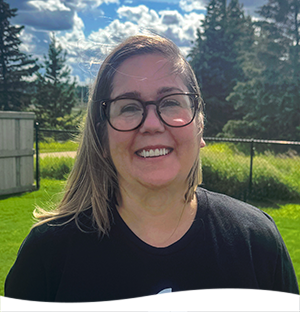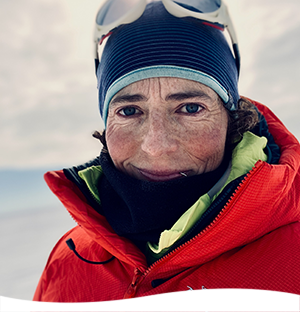While forests often take the spotlight, grasslands quietly capture carbon and fight climate change. These ecosystems sequester up to three tons of carbon per hectare every year, locking it deep in the soil. Imagine the potential: vast, resilient landscapes working like natural carbon vaults.
Our journey to better understand the role that Sweetgrass can play as a natural mitigator of greenhouse gas (GHG) emissions and an adaptation strategy to drought, was born from a collaboration with the oldest Blackfoot community in the world, the Piikani Nation. As part of our long-term partnership coined ‘Sūṗii⸱ṗo’omaaksin,’ by Elder Big Bull, which in Blackfoot means ‘in the spirit of planting seeds,’ we are working together to explore how Sweetgrass can strengthen climate resilience.

Focusing on Sweetgrass, a culturally significant plant that’s been largely overlooked in land-use planning since colonization, we’re restoring biodiversity and exploring its potential to naturally sequester carbon.

The real innovation with this initiative is how we are bridging two worlds—Indigenous wisdom and cutting-edge science. Developing an understanding of Sweetgrass isn’t just about seeking solutions to climate change; it’s a model of reconciliation—showing how collaboration and community-driven projects can lead to innovative and meaningful outcomes for both people and the planet.
Over the next few years, we will facilitate engagements with Indigenous partners and surrounding communities to learn more about what Sweetgrass needs to thrive. Think of Sweetgrass as an archetype for transformative approaches to addressing climate change. This story is just starting to unfold. Through Sūṗii⸱ṗo’omaaksin, we’re cultivating knowledge, collaboration, and a future where Indigenous wisdom and Western science grow together, rooted deeply in the land.




